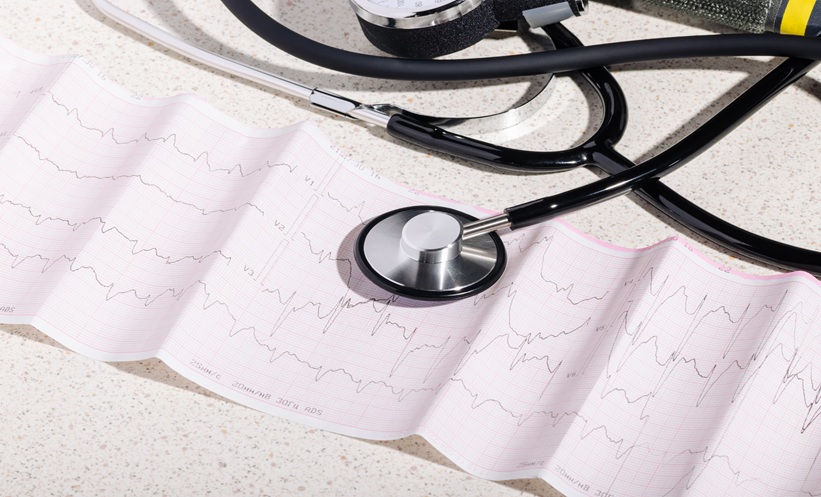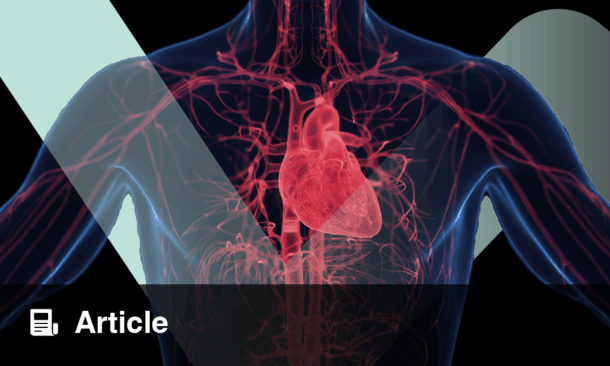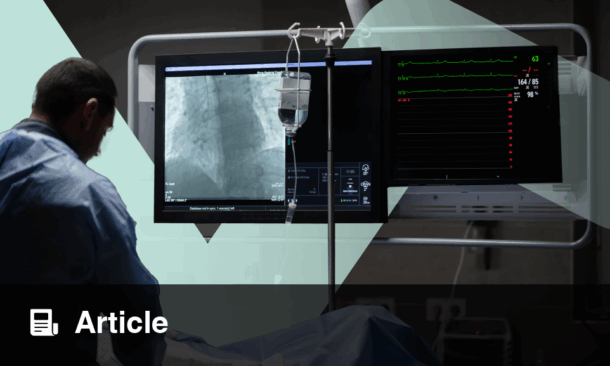Author: *Diaa Hakim1
1. Brigham and Women’s Hospital, Harvard Medical School,
Boston, Massachusetts, USA
*Correspondence to [email protected]
Disclosure: The author has declared no conflicts of interest.
Keywords: EAI, cardiac imaging, intravascular imaging, non-invasive imaging.
Citation: EMJ Int Cardiol. 2025;13[1]:28-29. https://doi.org/10.33590/emjintcardiol/RKZJ4021
![]()
THE EUROPEAN Association of Percutaneous Cardiovascular Interventions (EuroPCR) 2025 Annual Meeting, held from the 20th–23rd May at the Palais
des Congrès in Paris, France, was a landmark event in interventional cardiology, attracting over 12,000 professionals from more than 120 countries. The conference featured cutting-edge insights through late-breaking trials, live cases, interactive workshops, and sessions that spanned the entire spectrum of interventional cardiology. Among the standout themes this year were the transformative role of cardiac imaging, driven by the integration of AI; advanced imaging modalities; and improved procedural guidance. The author as an interventional cardiologist and cardiac imager was impressed by the innovations in cardiac imaging, including both non-invasive and intravascular imaging.
ADVANCEMENTS IN CARDIAC IMAGING
This year’s meeting spotlighted significant innovations in cardiac imaging aimed at enhancing diagnostic precision and procedural efficiency. Leaders in this space introduced next-generation AI-powered technologies. The SOMATOM Pro.Pulse CT scanner (Siemens Healthineers, Erlangen, Germany), equipped with Dual Source technology for improved temporal resolution, was showcased, and the NAEOTOM Alpha® photon-counting CT scanner (Siemens Healthineers), which delivers high-resolution images at a reduced radiation dose, was also exhibited. The Alphenix/Evolve Edition (Canon Medical Systems Europe, Amstelveen, the Netherlands), designed to optimise percutaneous coronary intervention (PCI) procedures through AI-enhanced imaging, was also unveiled. Additionally, the world’s first intraprocedural Angio-CT system, tailored for left atrial appendage occlusion procedures, made its debut.
INNOVATIONS IN INTRAVASCULAR IMAGING
Intravascular imaging saw a surge of innovation, particularly in optical coherence tomography and intravascular ultrasound. EuroPCR 2025 featured advancements such as AI-assisted image interpretation, ultra-high-resolution systems, and real-time 3D reconstructions. These developments are revolutionising lesion assessment, stent optimisation, and overall procedural outcomes. Industry leaders are at the forefront of this race to deliver cutting-edge tools that enhance both clinical outcomes and operator performance.
Hands-on sessions and live cases within the Imaging Learning Centre gave attendees direct experience with next-generation platforms and their application in complex PCI, left main interventions, and plaque characterisation. A key focus was the growing integration of imaging with physiology and robotics, signalling a shift towards more intelligent, image-guided interventions.
ADVANCED ULTRASOUND AND INTRACARDIAC ECHOCARDIOGRAPHY TECHNOLOGIES
The latest intracardiac echocardiography innovation, the ACUSON AcuNav Volume ICE Catheter (Siemens Healthineers), was also presented. This offers real-time four-dimensional imaging with multiplanar reconstruction to support structural heart and electrophysiology procedures. Complementing this was the launch of the ACUSON Origin Ultrasound System (Siemens Healthineers), which uses AI to enhance diagnostic accuracy and provide actionable real-time insights for physicians.
INNOVATIONS IN PROCEDURAL GUIDANCE
The Dynamic Coronary Roadmap (DCR) system (Philips, Amsterdam, the Netherlands), which leverages AI to reduce the use of iodinated contrast media during PCI, was introduced. The EchoNavigator system (Philips), which fuses live echocardiography with fluoroscopy, providing intuitive guidance for structural heart interventions, was also highlighted.
FUTURE DIRECTIONS
EuroPCR 2025 underscored the growing synergy between AI and cardiac imaging. It is an evolution poised to revolutionise procedural planning and execution. The continued development of advanced imaging systems and smart algorithms will drive greater precision, personalisation, and improved outcomes in interventional cardiology.
Ultimately, the annual meeting highlighted the critical role of innovation in shaping the future of cardiac care, and signalled a new era of smarter, image-guided, and patient-centered interventions.







